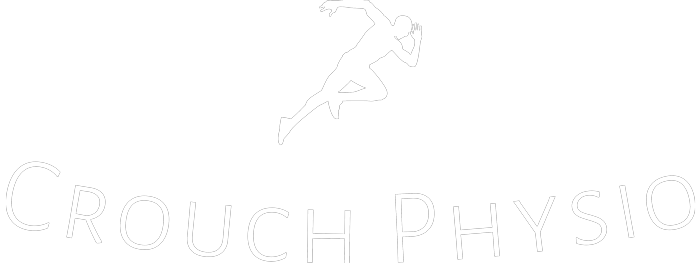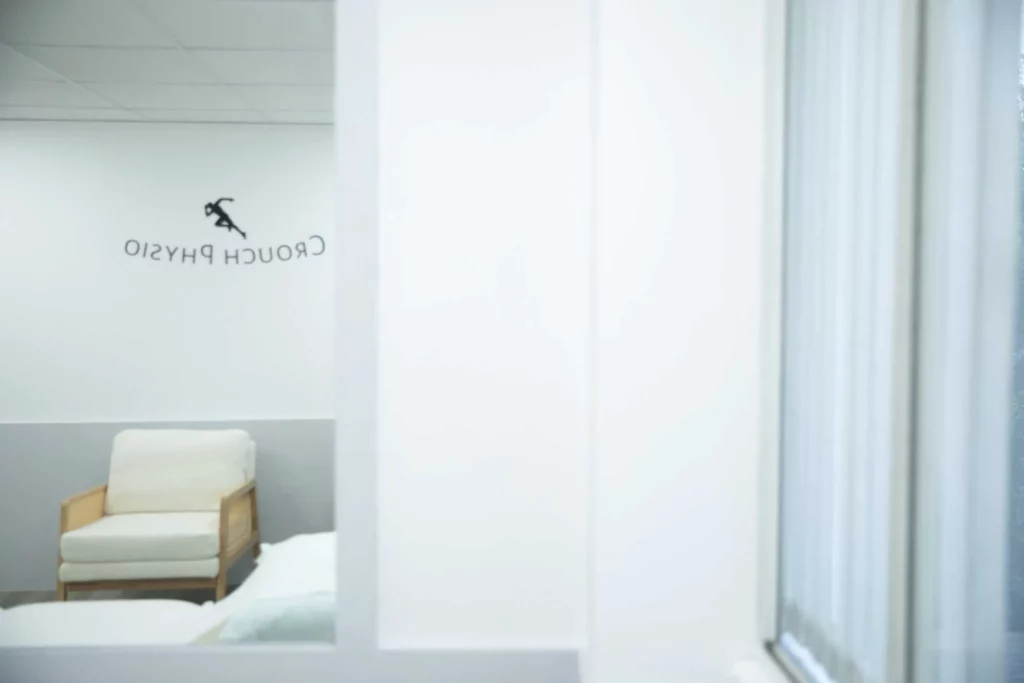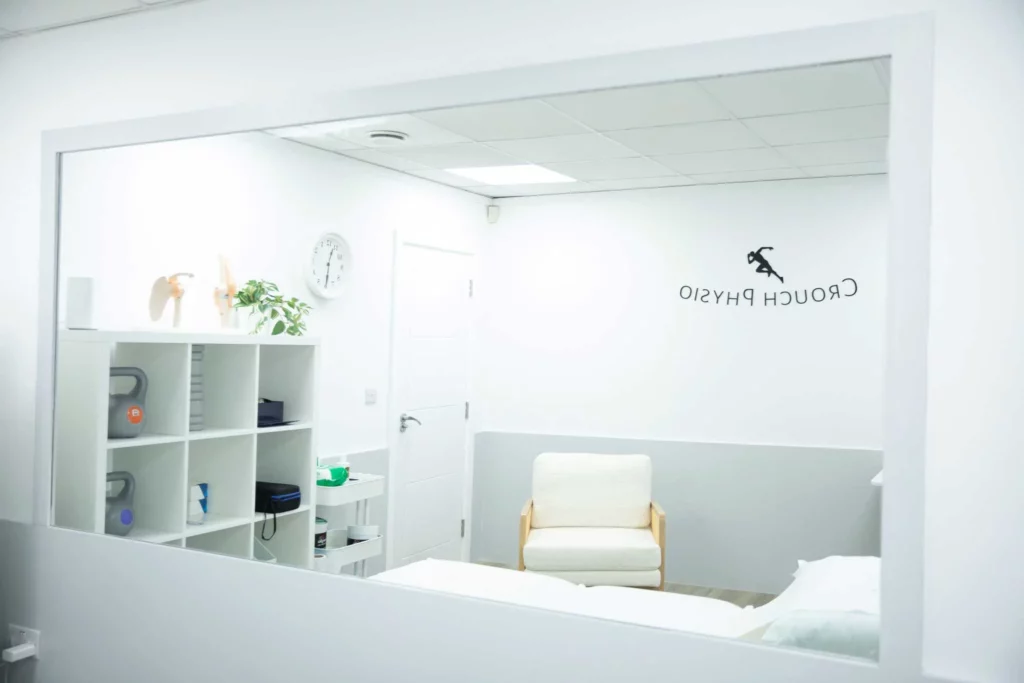If you’ve ever experienced a sports injury, you’ll know that the road to recovery can be both physically and mentally challenging. As a physiotherapist, helping athletes navigate this journey is all about striking the right balance: pushing just enough to rebuild strength without risking setbacks. So, let’s explore the do’s and don’ts when it comes to return-to-sport rehabilitation, from a physiotherapist’s perspective.
The Do’s
1. Do Follow a Structured Rehab Plan
A well-structured, phased rehabilitation programme is crucial. While each injury has its own timeline, following a tailored plan ensures you’re gradually strengthening the affected area, restoring mobility, and improving function. For instance, if you’ve sustained an ACL injury, your rehab should focus on a gradual strengthening of the knee, progressing from static exercises like leg raises to more dynamic movements such as squats and lunges.
2. Do Include Functional Training Early
Rehabilitation isn’t just about strengthening the injured area; it’s about preparing the entire body for a return to sport. Functional training, which mimics the movements required in your sport, should be integrated early in the recovery process. For example, a football player may begin with controlled agility drills to prepare the body for the demands of play. A well-rounded approach helps avoid compensatory movements that can lead to re-injury.
3. Do Maintain Regular Communication with Your Physio
Effective rehabilitation relies heavily on communication. Regularly updating your physio about any pain, discomfort, or fatigue helps them adjust your programme as needed. Whether you’re progressing faster than expected or feeling an unusual twinge, providing feedback ensures you’re moving at a pace that suits your body’s recovery. Trust the process, even when it feels slower than you’d like.
4. Do Focus on Mental Rehabilitation
Rehabilitation isn’t just about getting your body back into shape; mental resilience is equally important. The fear of re-injury can be real and, if unaddressed, can hinder performance or delay your return to sport. Incorporating psychological strategies such as visualisation or mindfulness can help rebuild confidence and make the transition back to sport smoother and more effective.
The Don’ts
1. Don’t Rush the Process
One of the most common mistakes athletes make is returning to sport too soon. While you may feel ready, your body needs time to heal properly. Rushing the process, especially after serious injuries like ACL tears or stress fractures, significantly increases the risk of re-injury. Research consistently shows that a premature return to sport can result in chronic issues or even the same injury recurring.
2. Don’t Ignore Warning Signs
Your body has ways of telling you when something isn’t right. Pain and swelling, for instance, are red flags that should not be ignored. Pushing through these symptoms, assuming they’re part of recovery, could lead to further damage. Persistent pain may indicate inflammation, tissue damage, or faulty movement patterns. If you’re unsure whether what you’re feeling is normal, it’s always best to consult your physio before continuing.
3. Don’t Neglect the Whole Kinetic Chain
Focusing solely on the injured area is a common mistake. The body functions as a chain; when one part is weak, it impacts the rest. For example, if you’ve injured your knee, you’ll also need to strengthen your hips and ankles to provide support and reduce the chances of overloading the knee again. Working on the entire kinetic chain is crucial for preventing future injuries.
4. Don’t Underestimate the Importance of Recovery and Nutrition
Rehabilitation isn’t confined to what happens during physiotherapy sessions. Your recovery outside of these sessions is equally important. Getting enough sleep, maintaining a balanced diet, and staying hydrated are all essential to the healing process. Proper nutrition, particularly protein intake, is critical for muscle repair and growth. Neglecting recovery and nutrition can hinder progress and slow down your return to sport.
Final Thoughts
Returning to sport after an injury requires patience, dedication, and a disciplined approach. By following a structured plan, staying in regular communication with your physiotherapist, and addressing both the physical and mental aspects of rehabilitation, you set yourself up for a successful return. Avoid the common pitfalls of rushing back too soon or ignoring warning signs, and remember—rehabilitation is an investment in your long-term health and performance. The goal isn’t just to get back to sport quickly, but to ensure that when you do return, you’re stronger, more resilient, and ready to stay there.
Blog By: Emre Oz (Musculoskeletal Physiotherapist at Crouch Physio).
References
• Waldron, Kristen, et al. “Anterior cruciate ligament rehabilitation and return to sport: how fast is too fast?.” Arthroscopy, sports medicine, and rehabilitation 4.1 (2022): e175-e179.
• Cools, Ann M., et al. “The challenge of the sporting shoulder: From injury prevention through sport- specific rehabilitation toward return to play.” Annals of physical and rehabilitation medicine 64.4 (2021): 101384.
• Cognetti, Daniel J., Andrew J. Sheean, and Johnny G. Owens. “Blood flow restriction therapy and its use for rehabilitation and return to sport: physiology, application, and guidelines for implementation.” Arthroscopy, sports medicine, and rehabilitation 4.1 (2022): e71-e76.
• Marusic, Jan, Petra Dolenc, and Nejc Sarabon. “Psychological aspect of rehabilitation and return to sport following lower limb injuries.” Montenegrin Journal of Sports Science and Medicine 9.2 (2020): 59.
• Kvist, Joanna, and Karin Grävare Silbernagel. “Fear of movement and reinjury in sports medicine: relevance for rehabilitation and return to sport.” Physical therapy 102.2 (2022): pzab272.
• Beischer, Susanne, et al. “Young athletes who return to sport before 9 months after anterior cruciate ligament reconstruction have a rate of new injury 7 times that of those who delay return.” Journal of orthopaedic & sports physical therapy 50.2 (2020): 83-90.
• Buckthorpe, Matthew, et al. “Optimising the early-stage rehabilitation process post-ACL reconstruction.” Sports Medicine 54.1 (2024): 49-72.




